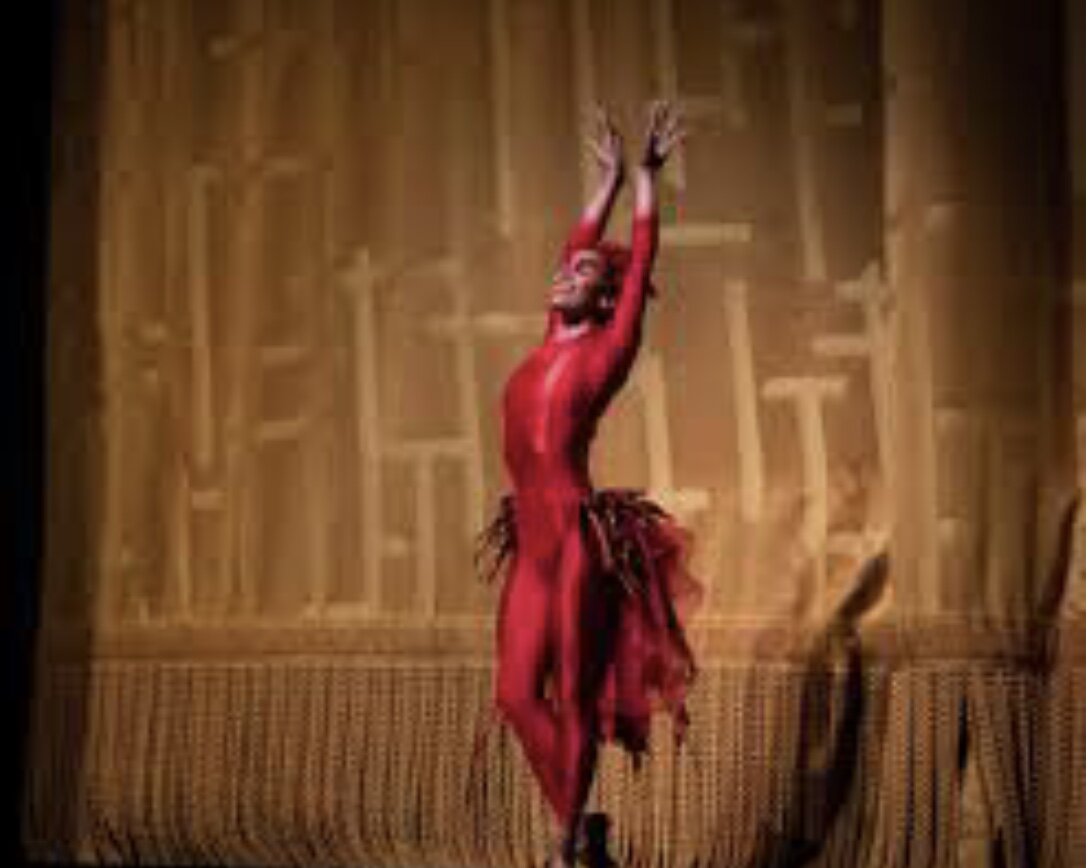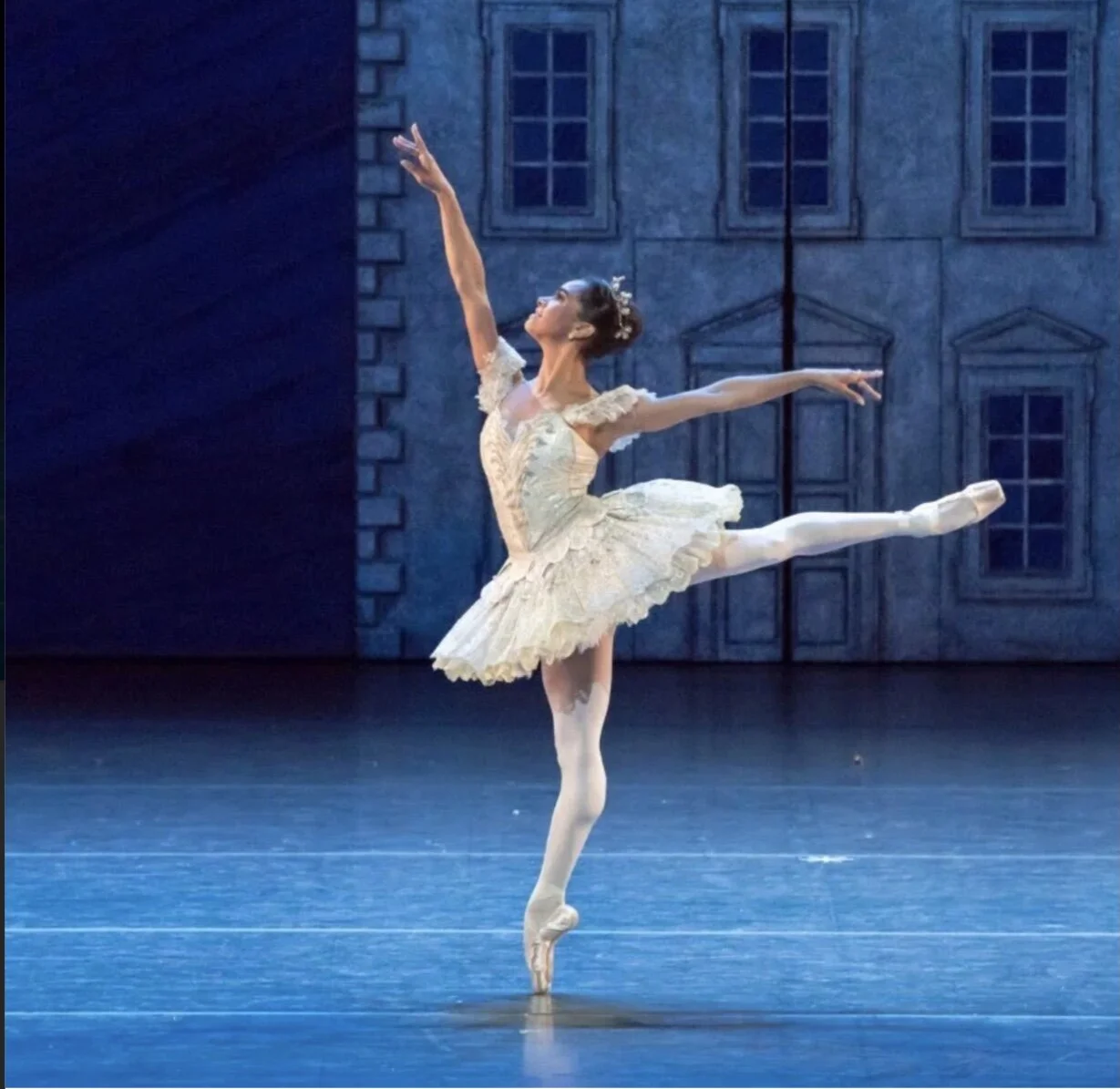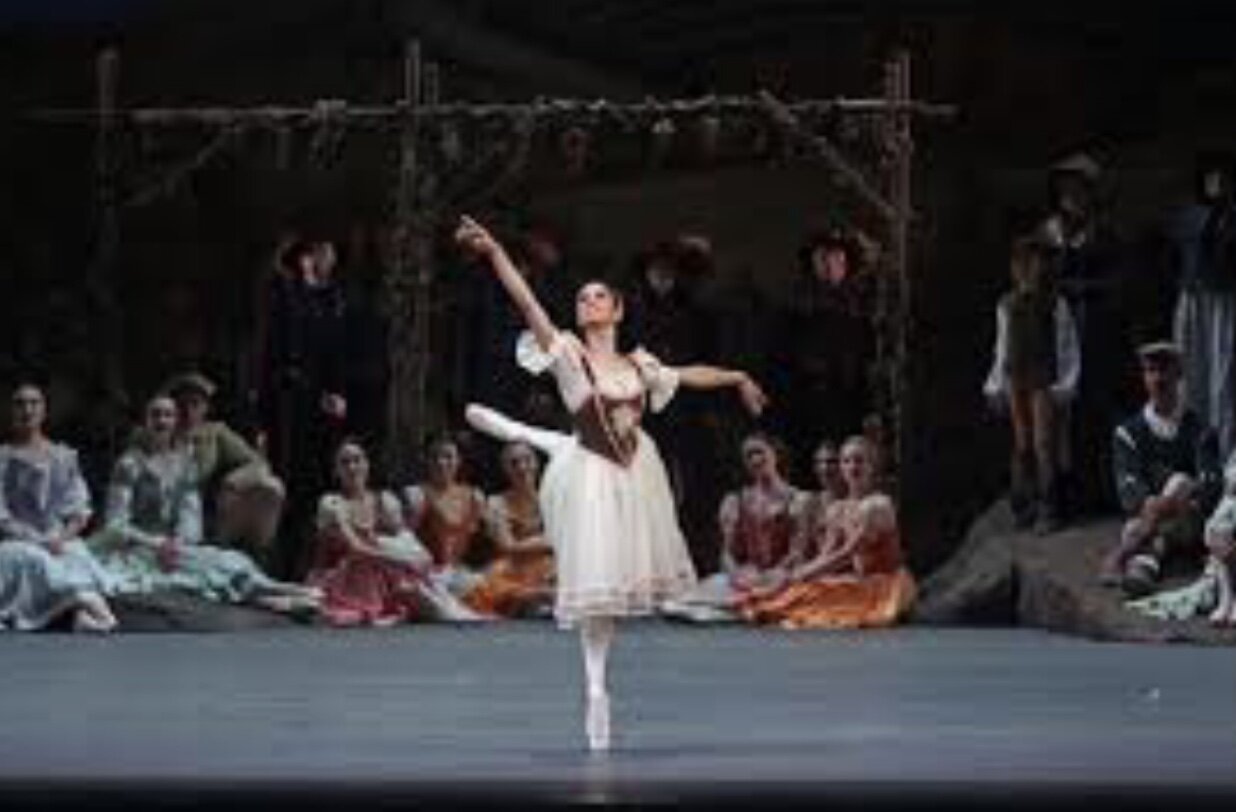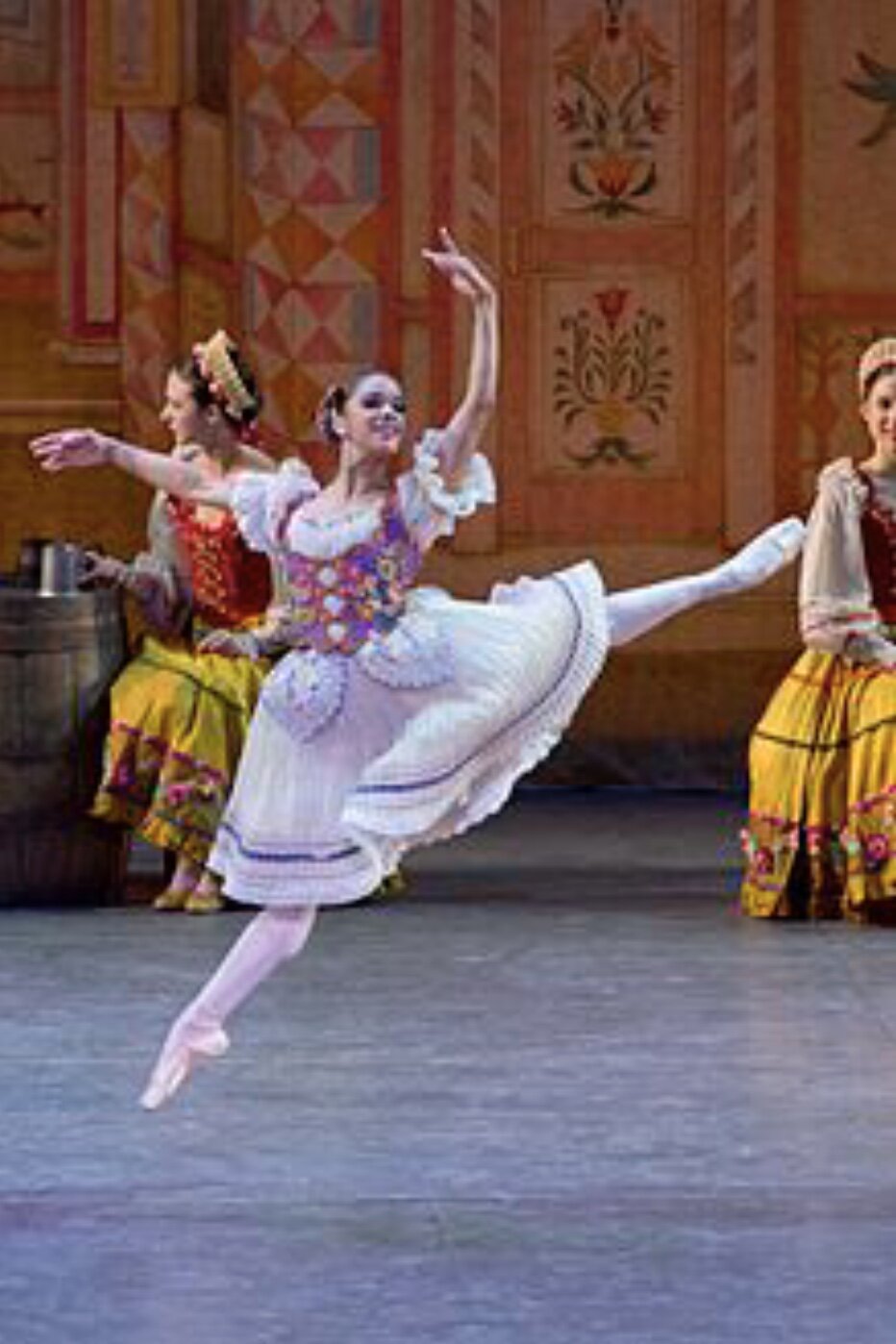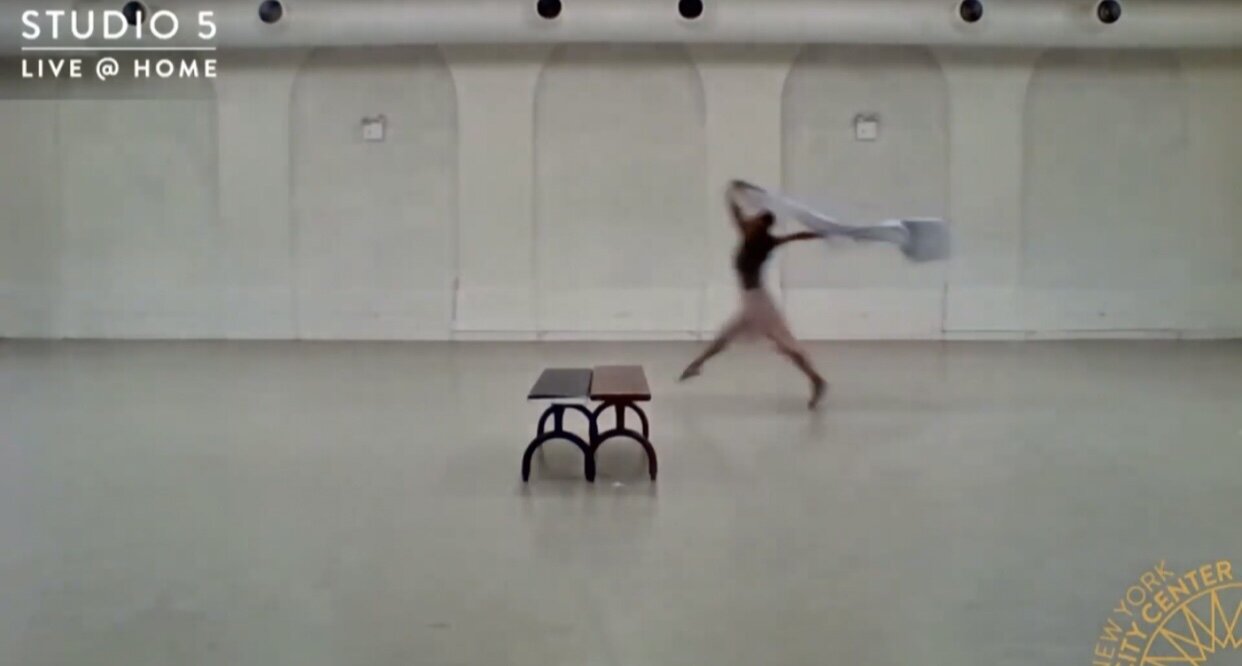Misty Copeland: Black History Month in Dance, 2021
99; 100; 101; 102; 103; 104; 105; 106; 107; 108. Misty Copeland - a prime contender for any Black History in Dance month - is not the first African American woman to have danced ballerina roles. She often makes clear that her achievements are built upon the shoulders of others.
Nonetheless hers is a lonely eminence. In 2015, she became the first African American female principal of American Ballet Theatre. The years since then have been ones when racial diversity in ballet has risen far higher on ballet’s agenda - but she remains the only African American female principal of Ballet Theatre, while there is none at New York City Ballet.
She was making an impression in solo roles when I began at the “New York Times” in 2007 - I remember her that year in the fifth Prologue variation in “The Sleeping Beauty” (Violente, the “finger” variation) and as the final soloist in George Balanchine’s “Ballo della regina “. When Alexei Ratmansky made his “The Firebird” in 2012, she was one of several casts in the title role (photos 99, 100); she seized the opportunity in a big way.
Up till then, race had not seemed to be an issue in her career. From then on, race became an issue, in ways that have changed the agenda for for the art. Above all, in 2015 she danced ballet’s most epic role, Odette-Odile in “Swan Lake” (photo 101); she went on dancing it in succeeding years. At her Met debut in the role, she brought Raven Wilkinson onto the stage - the African American soloist of the Ballet Russe de Monte Carlo.
She danced Juliet in the MacMillan “Romeo” (102), the adult Clara in the Ratmansky “Nutcracker” (103), Giselle (104), Swanilda in “Coppélia” (105), and other prima roles, notably Aurora.She has published not only an autobiography but also children’s books; she has become not just the most famous dancer at Ballet Theatre but its biggest draw too. More vital, Copeland performances bring in many African Americans who have previously stayed away from ballet.
It’s hard to imagine the pressure on Copeland as she deals with immense publicity. (“I don’t have a life”, she said dispassionately to the “Conversations on Dance”’podcast.) Everyone who works with her praises both her hard work and her good manners; I joined their ranks last year when she worked on the City Center Studio 5 Live @ Home with me. She did a panel session with Sara Mearns, Tiler Peck, myself; she re-studied the role of Juliet with Alessandra Ferri (photos 106, 107, 108). She was exemplary: enthusiastic, modest, generous, responsible.
Three basic lessons emerge from the Misty Copeland Story. 1: Where she has been the first, she must not be the last. 2: In a country where over ten percent of the population is black, more than ten per cent of the ballerina population should be an immediate goal. (The same goes for Hispanics, a higher proportion of the American population.) It’s good that Calvin Royal III is now a Ballet Theatre principal. 3: Where a dancer emerges with talent for the top, she should be given experience in top roles before age twenty-five. Copeland has had to conduct the world’s most-publicised struggle with the notorious “Swan Lake” fouetté turns in her mid-thirties.
But there are more profound lessons for us all to learn from Copeland. Above all, neither ballet nor any other art should seem - or be - a bastion of a white super-race.
Friday 19 February
Misty Copeland as the title character of Alexei Ratmansky’s production of “The Firebird” (2012, American Ballet Theatre).
Misty Copeland taking applause at the Metropolitan Opera House, New York, after performing the title character of “The Firebird” in Alexei Ratmansky’s production (2012, American Ballet Theatre).
Misty Copeland, James Whiteside, and the American Ballet Theatre corps de ballet as Odette, Siegfried, and the swan maidens in “Swan Lake”, Metropolitan Opera House, 2015.
Misty Copeland and Alexei Hammoudi as Juliet and Romeo in Kenneth MacMillan’s 1965 production, American Ballet Theatre.
Misty Copeland as the adult Clara in Alexei Ratmansky‘s American Ballet Theatre production of “The Nutcracker”, new in 2010.
Misty Copeland as the title character of “Giselle” in Kevin McKenzie’s production, American Ballet Theatre.
Misty Copeland as Swanilda in Frederic Franklin’s production of “Coppélia” for American Ballet Theatre.
Misty Copeland, in New York City Center Studio 5, rehearsing Juliet in Act Three of Kenneth MacMillan’s 1965 production of American Ballet Theatre, for City Center Studio 5 Live @ Home, September 2020.
Misty Copeland, in New York City Center Studio 5, rehearsing Juliet in Act Three of Kenneth MacMillan’s 1965 production of American Ballet Theatre, for City Center Studio 5 Live @ Home, September 2020.
Misty Copeland, in New York City Center Studio 5, rehearsing Juliet in Act Three of Kenneth MacMillan’s 1965 production of American Ballet Theatre, for City Center Studio 5 Live @ Home, September 2020.

